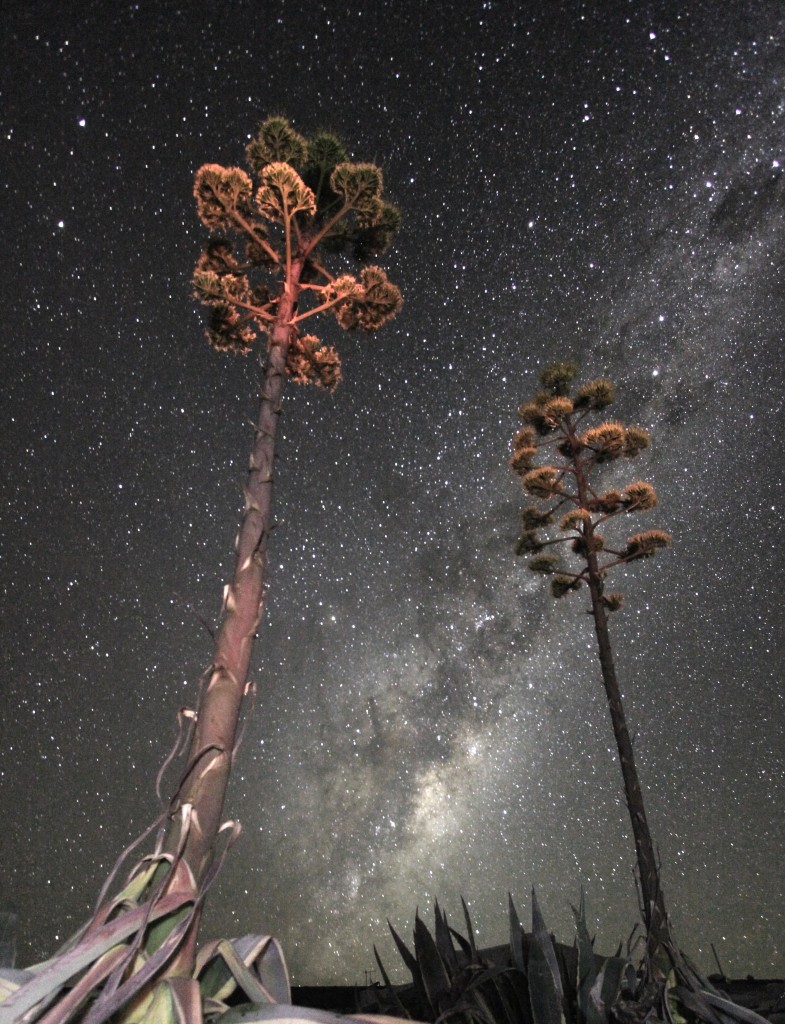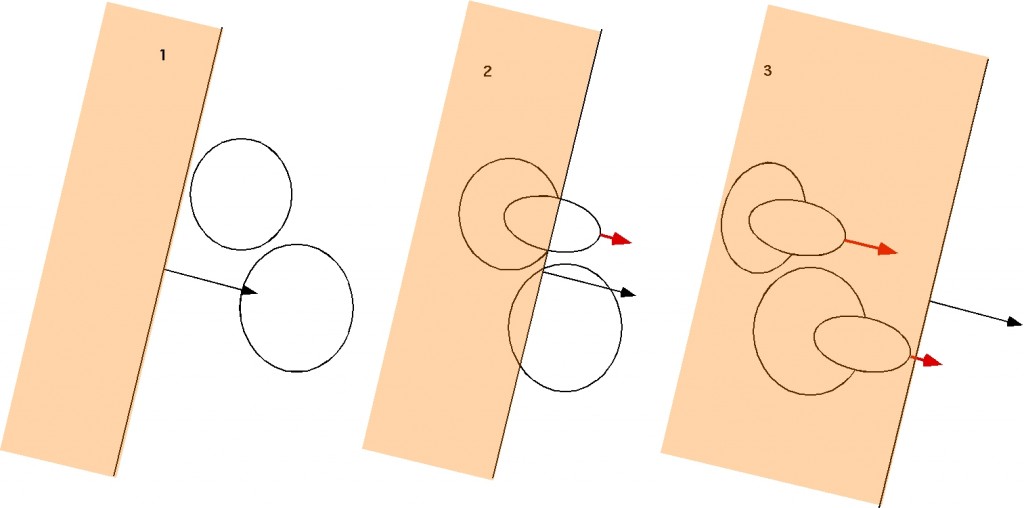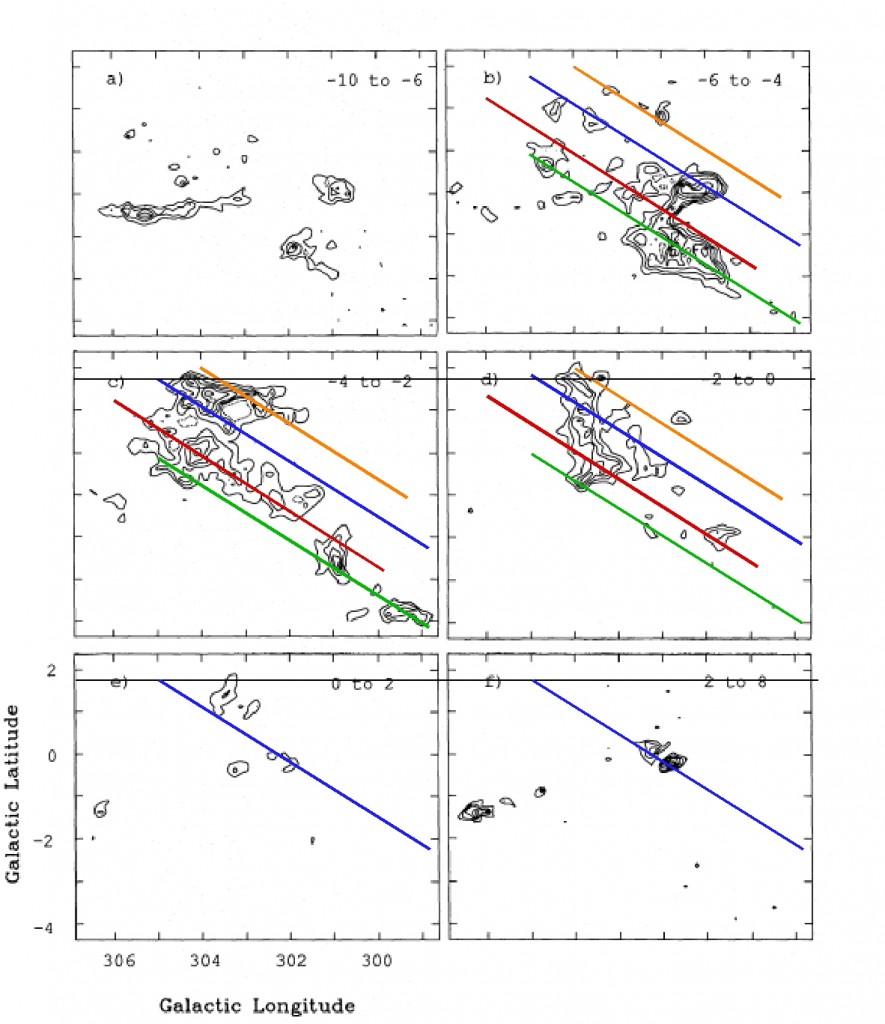The Southern Coalsack – My favorite interstellar cloud.
When you go south of the equator in Boreal spring/Austral fall you can see the Galactic Center and a stunning dark patch – next to the Southern Cross – known as the Southern Caolsack at the top left of the photo here by Dr. Steve Potter at SAAO.

The Southern Coalsack is a near-by (about 200pc away) molecular cloud. So far, no stars have formed in the cloud, but that’s “about to” change.
About 15 years ago, Peter Wannier and I selected the cloud as one in a proposed survey to measure the excitation of molecular hydrogen as a function of depth into the clouds with FUSE. When we got the data back – to our surprise – not only did we see the expected lines from H2, but also the distinct absorption from five times ionized Oxygen (O VI). The O V ion requires so high en energy (~110eV) to ionize, and produce O VI, that it’s very unlikely that there will be any radiation hard enough to do that in a regular Galactic environment. Therefore, O VI is usually assumed to be produced though collisions and thought to be characteristic for gas with a temperature of ~300,000K.
The stars that Peter and I had picked were known to be located fairly close behind the cloud, so this was a bit of a mystery; How could you have a cloud where neutral (molecular) gas survived but which co-existed with gas that is several hundred thousand degrees?
As we described in a paper in the Astrophysical Journal in 2004 and in a article in the Australian edition of Sky & Telescope, what has happened to this cloud is that the “Upper Centaurus-Lupus Super Bubble” has overtaken the cloud and is now compressing and heating it, such that we see X-rays and O VI absorption from its hot outer layers. Also, modeling indicates that the passage of the wall of this super bubble is compressing the cloud core where stars will start to form in about 10,000 years (just the “blinking of an astronomical eye”)

To see this, we first look at the location of the Sun, the Coalsack cloud and the Upper Centaurus Super Bubble, as indicated by atomic hydrogen mapping (de Geus 1991) and Ian Crawford’s mapping of Sodium and Calcium absorption towards stars.

If the Super Bubble has indeed swept passed the cloud we could expect to see a disruption of the shape of the cloud. Something like the following cartoon

We can look for such elongated structure in the individual velocity channels from the paper by Nyman, Bronfman & Thaddeus (1989; A&A, 216, 185).
In the figure below, I have projected the radius-vector from the center of the Upper Centaurus-Lupus Super bubble to the Coalsack, as given by the geometry from de Geus’ and Crawford’s work onto the plane of the sky. It looks like the hypothesis might work, but we need to do some more quantitative work to be sure.
